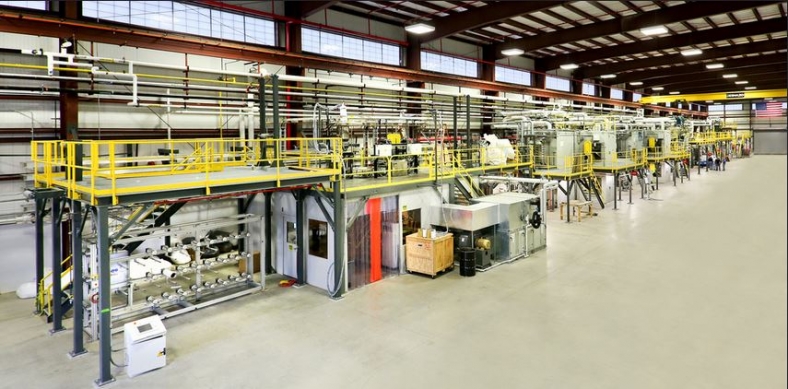When TAEBC Charter member, Oak Ridge National Laboratory announced this week the demonstration of a production method estimated to reduce the cost of carbon fiber by as much as 50 percent, that spelled good news for the auto industry’s quest to meet a national fleet-wide average of 54.5 mpg by 2025.
Carbon fiber, up until now, has been too expensive to produce but needed in order to make lightweight lower gas mileage automobiles. With ORNL’s announcement, lower cost means increased use of carbon fiber in vehicle production.
ORNL’s production method is also expected to reduce the energy used in production by more than 60 percent. Carbon fiber is produced by converting a carbon-containing polymer precursor fiber to pure carbon fiber through a carefully controlled series of heating and stretching steps.
After extensive analysis and successful prototyping by industrial partners, ORNL reports that it is making the new method available for licensing. According to a release from ORNL, the lower cost method was demonstrated at the Carbon Fiber Technology Facility and builds on more than a decade of research in the area.

ORNL’s Carbon Fiber Technology Facility (Source: ORNL)
The production method is expected to accelerate adoption of carbon fiber composites in high-volume industrial applications not only for the automobile industry, but for wind turbines, compressed gas storage and building infrastructure. ORNL is working as a technology partner in IACMI – The Composites Institute – to enable the use of low-cost carbon fiber composites in a wide range of next-generation clean energy products, from offshore wind turbines that lower the cost of electricity to high pressure tanks for the storage of natural gas.
In the official ORNL release, Lab Director Thom Mason said, “This accomplishment underscores the Department of Energy and Oak Ridge National Laboratory’s commitment to addressing our nation’s most pressing energy challenges, and the payoff could be significant. Automakers, consumers and the environment will realize tremendous benefits because of the investment just a few years ago in the Carbon Fiber Technology Facility.”
This is good news for advanced energy and TAEBC. As the state’s champion of advanced energy as a job creation and economic development strategy, TAEBC congratulates ORNL on achieving this production milestone that will not only strengthen the industry but further our mission of gaining a fair share of the global $1.3 trillion advanced energy market.
ORNL will accept license applications for the low-cost carbon fiber process through May 15. Licensing information for manufacturers in the U.S. is available here.
